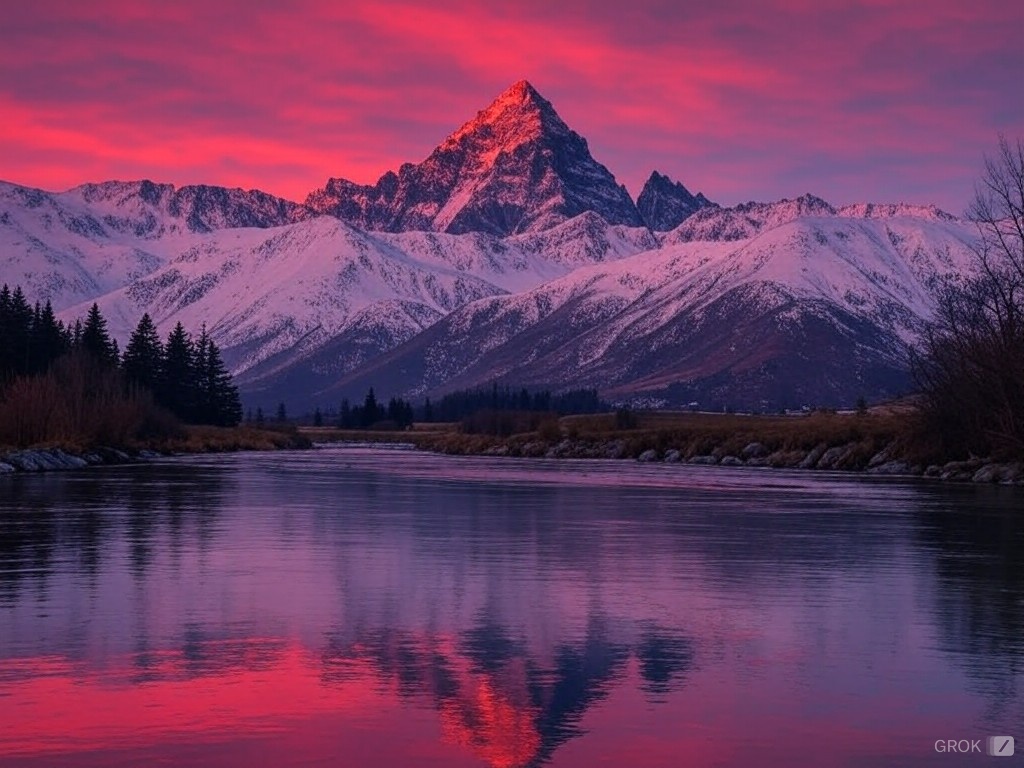Ah, Unity Level Design! Now there’s a phrase that gets my heart racing just a bit faster. For those of us who breathe, eat, and dream in polygons and vertices, Unity is not just a tool; it’s a canvas where our wildest game development dreams take shape. But let’s not get too carried away just yet. I mean, it’s easy to get lost in the excitement of creating new worlds, isn’t it?
Contents
The Essential Starter Pack for Unity
If you’re just dipping your toes in the vast ocean of game creation with Unity, remember – everyone starts somewhere, right? Initially, learning how to manipulate assets and manage scenes in Unity can feel like learning a new language. Wasn’t it the same when you tried to make that family recipe for the first time? A dash of this, a pinch of that, and oh, was I supposed to add that ingredient before or after the mix settled?
Unity’s interface, with its panels and tools, is akin to a chef’s kitchen. You’ve got your scene view, game view, hierarchy, project settings… feeling overwhelmed yet? Don’t worry, that’s normal! Just take one tool at a time. Get a good grip on basic navigation and object manipulation – believe me, it’s half the battle won.
Bringing Your Vision to Life
Once you get the hang of the basics, that’s when the real fun begins. It’s like sketching; you start with rough lines and basic shapes, but soon you’re adding layers, textures, and lighting, watching as the scene transforms into something palpable, something thrilling. Have you ever had that moment when what you’re drawing suddenly starts to look… right? That’s what sculpting a level in Unity feels like. It’s exhilarating!
Adding dynamics like physics and animation are your tools to sprinkle some life into your level. Sure, the code part can be tricky – kind of like trying to direct an orchestra where every musician speaks a different language – but hey, what’s a challenge if not an opportunity to learn something new?
Tips and Tweaks
Sometimes I sit back and play through a level I’ve designed, only to notice that something feels… off. Maybe the light’s too harsh, or the textures aren’t blending well. It’s like when you taste a soup and think, ‘Hmm, needs a bit more salt.’ That’s your cue to adjust, tweak, and improve.
Your most significant tool here? Feedback. Yes, from real, live gamers. It’s scary, throwing your creations out there for criticism, but it’s also incredibly rewarding and educational. Just like sharing that aforementioned family recipe with guests, hoping they like it but ready to note their suggestions for next time.
What if You Need a Hand?
No man is an island, and no game designer – even in Unity – should feel like they have to go it alone! Sometimes, the vision is there, but the maze of technicalities feels like too much. Maybe you’re grappling with scripting or perhaps the environmental design just isn’t coming together the way you pictured. It’s okay to ask for help, seriously.
I’ve been designing levels for a good while now, and I’ve had my fair share of head-scratching moments. But I’ve also had those breakthroughs and triumphant dawns. If you’re feeling stuck or just want some guidance on your Unity project, why not drop me a line? I’ve collaborated with beginners and seasoned pros alike, and there’s nothing quite like the buzz of bringing a collective vision to life.
Got a game idea that won’t stop nagging at you? Want to turn it into something real? Shoot me an email at [email protected]. Let’s craft your dream game level together!
